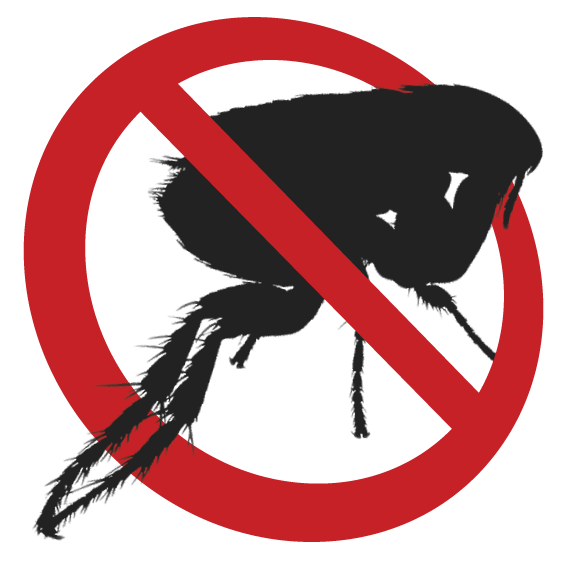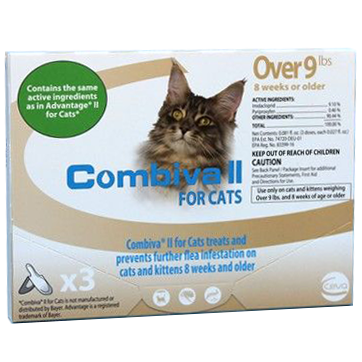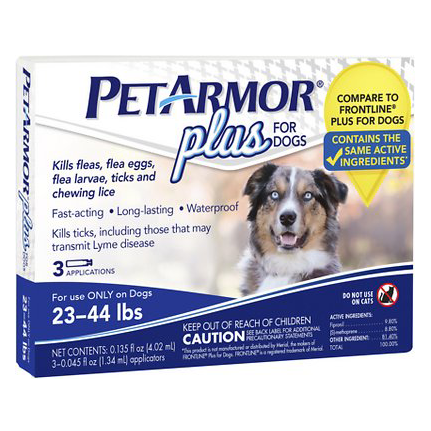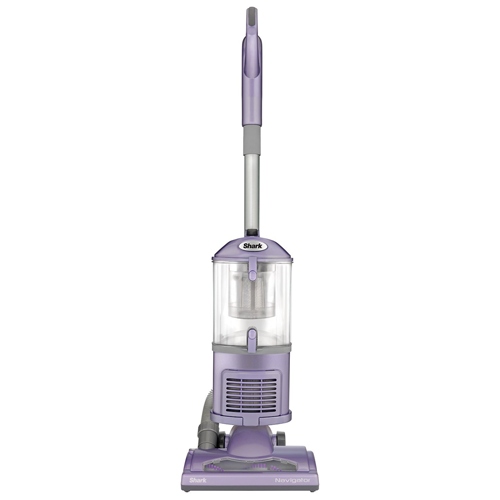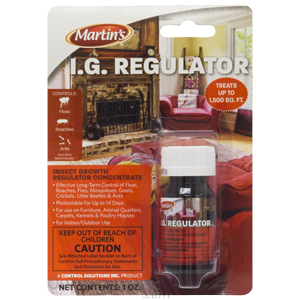The best way to get rid of fleas involves using an integrated approach, attacking the fleas on multiple fronts.
Steps
Supplies
Integrated Flea Control
Integrated flea control (IFC) involves implementing multiple control strategies, targeting all life stages on pets and in the environment. The steps include educating the pet-owner about fleas, treating pets with a modern adulticide, treating the environment with an insect growth regulator (IGR), and regularly sanitizing the environment.
Advantages
Eradicates Entire Population
Adulticides work best against adults fleas. IGRs work best against flea eggs and larvae, but also sterilize female adults. Adult fleas live on pets, while all other stages live in the environment. Thus, pet treatments often contain adulticides and IGRs, and the environment is controlled with IGRs and vacuuming.
IFC effectively eradicates entire flea populations. No flea control product or method is 100% effective, so combining multiple strategies helps to cover the gaps. For example, when adulticides on pets fall below 100% efficacy, an IGR in the environment can stop newly fallen eggs from developing. Overlapping control measures also reduce the negative effects of poor compliance.
Prevents Re-Infestation
An IFC program eliminates existing fleas on pets, reduces populations of environmental stages, continues killing emerging adults, and inhibits new eggs from developing for an extended duration. Thus, it is effective for lowering the odds of re-infestation.
Delays resistance
Fleas currently show no signs of resistance to modern adulticides. However, resistance may occur in the future with continued use. The natural selection process can be delayed or prevented by combining numerous control measures. The goal is to ensure that all fleas die, so those that resist chemical treatments don’t pass on their genes.
Treating only pets
Flea drops applied to pets can be enough to end an infestation. This sole control measure is most successful with indoor cats. Outdoors, pets are at a greater risk of re-acquiring fleas.
As effective as flea drops are, treating the premises is still advisable. This is especially true when establishing control, when infestations are severe, if there are foreseen compliance issues, or if members of the household are allergic to fleas. Premise treatments also prevent re-infestation from unseen reservoirs. Thoroughly treating carpets and furniture with an IGR result in infestations ending 2-3 weeks sooner. And many failures of flea control are related to incomplete premise treatment or households. It’s surprising that less than 5% of pet owners attempt to control fleas in the environment.
Treating only carpets
IGRs applied to the environment may sufficiently control fleas. These compounds kink the life cycle at the larval stage. However, it takes many weeks before the entire population reaches this stage, and older stages die out. In that time, pets are being constantly bitten. Therefore, concurrent administration of flea drops is strongly recommended. Another source states that only treating the environment while disregarding infested pets won’t lead to effective control.
3 goals of flea control
 Relieve pet discomfort
Relieve pet discomfort
 Kill fleas on premises
Kill fleas on premises
 Prevent re-infestation
Prevent re-infestation
References
Steps

